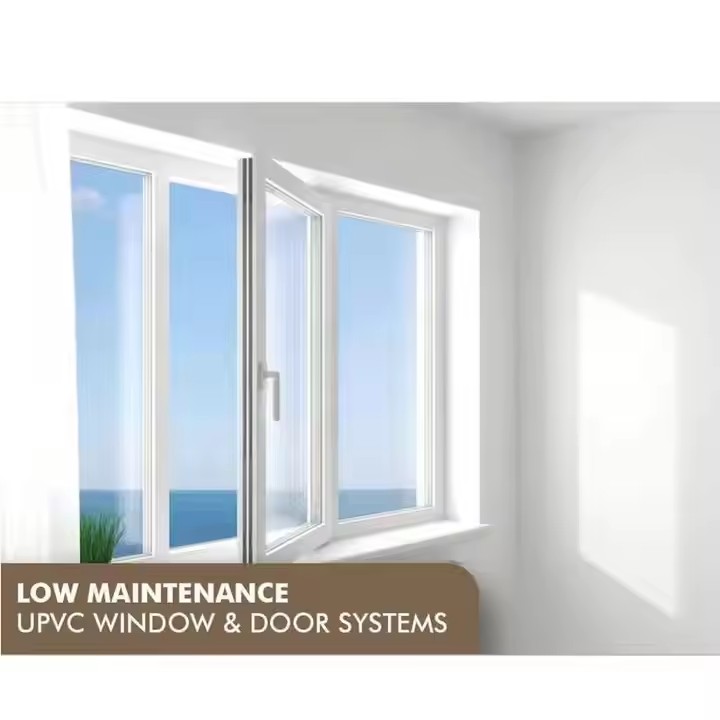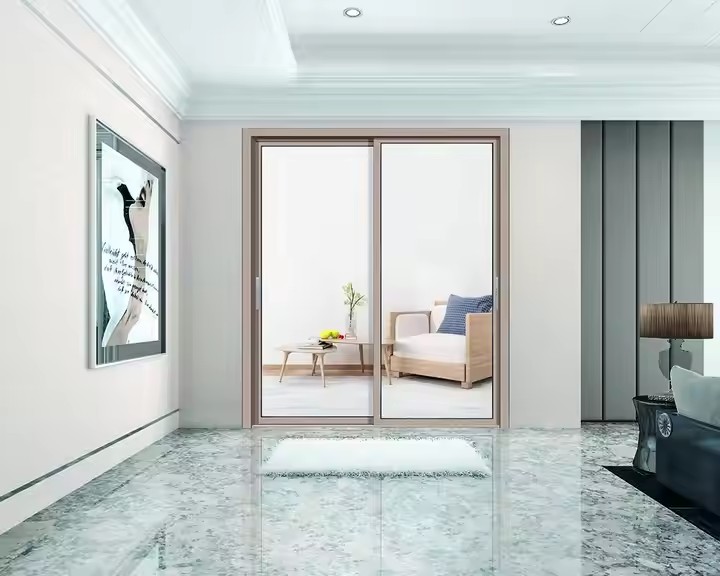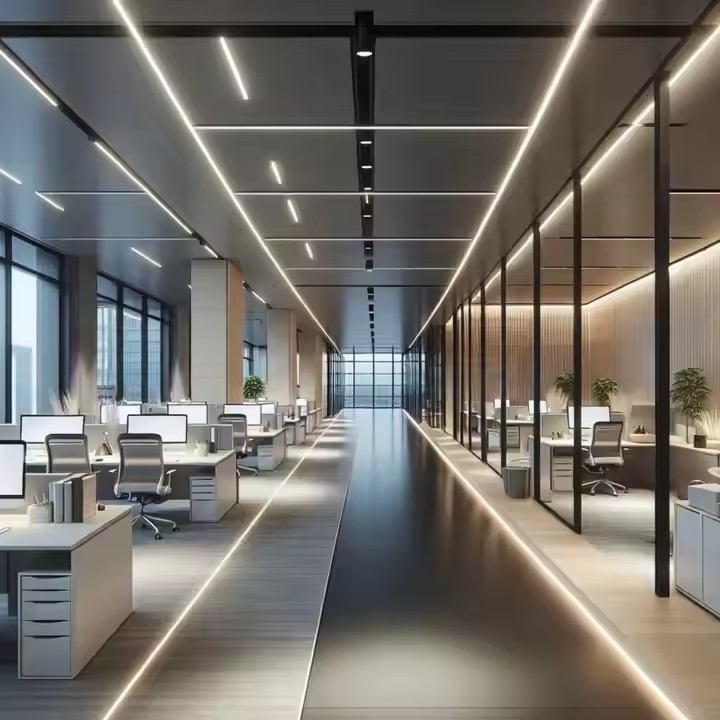- Wooden Materials: Creating a Natural and Warm Texture
Wood is the most natural and emotional choice for custom sliding doors. With its unique grain and versatile coloring, it helps create warm, vintage, or luxurious atmospheres. Wooden doors are mainly divided into solid wood and engineered wood composite types.
(1) Solid Wood
Solid wood sliding doors are made from whole natural timber (such as oak, walnut, teak, or pine), retaining the original texture and touch of the wood—each door’s grain is one of a kind, representing the pinnacle of bespoke craftsmanship.
Key Advantages:
Eco-friendly and natural: Minimal chemical additives, excellent indoor humidity regulation, and a comfortable living ambience.
High durability: Solid wood is strong and wear-resistant; with proper care, its lifespan can last for decades.
Aesthetic value: The natural wood grain conveys luxury and authenticity, aligning with the growing demand for sustainable, natural materials.

Limitations:
Moisture sensitivity: Due to wood’s tendency to expand and contract with humidity, it may warp or crack in damp environments, requiring professional moisture- and corrosion-proof treatment.
High cost: Premium timbers such as teak or black walnut can cost ¥1,500–5,000 per m².
Heavier structure: The door’s weight demands higher load-bearing capacity from the track system, requiring heavy-duty hardware.
Best Applications:
Ideal for living room–balcony partitions, walk-in closets, or studies—spaces that are dry and emphasize texture. A natural or wax oil finish enhances the wood grain, perfectly matching modern Chinese, Nordic, or Japanese styles.
(2) Engineered Wood Composite
Engineered wood sliding doors use multilayer plywood or MDF as the core, with a natural wood veneer or solid wood sheet on the surface. They balance the texture of real wood with enhanced structural stability, offering a more cost-effective choice.
Advantages:
Dimensional stability: The laminated structure offsets internal stress, providing superior moisture and deformation resistance compared to solid wood—ideal even for kitchens or bathrooms (with waterproof sealing).
Flexible customization: A variety of veneer options (oak grain, walnut grain, etc.) allow for personalized design.
Affordable: Typically ¥800–2,000 per m², about one-third to half the price of solid wood.
Lightweight: Easier on the tracks, resulting in smoother sliding.
Considerations:
Environmental standards: Check formaldehyde emissions (should meet E1 standard ≤0.124 mg/m³).
Veneer durability: Thin veneers may wear or peel over time; choose veneer thickness ≥0.6 mm and sealed edges for protection.
Best Applications:
Suitable for bedrooms, kitchens, and bathrooms, especially for homeowners seeking the warmth of wood without the risk of deformation. Matches well with modern minimalist, light luxury, or American interior styles.
- Glass Materials: Enhancing Space and Light
Glass sliding doors are ideal for small apartments or areas that require more interaction between spaces. The “frame + glass” combination enhances transparency and light flow, visually enlarging the room. Common options include tempered glass, reeded (fluted) glass, and frosted glass.
(1) Tempered Glass
Tempered glass is the “standard option” for glass sliding doors. It is made by heat-treating regular glass, achieving 3–5 times the strength and improved safety—when broken, it shatters into small, blunt particles. It is the mandatory glass type for sliding doors over 1.5 m².

Variants:
Clear tempered glass: Highly transparent, perfect for living room–balcony partitions, often paired with slim metal frames for a minimalist modern style.
Ultra-clear tempered glass: Contains fewer impurities, with over 91% light transmittance (vs. 85% for regular glass), ideal for a cleaner look with natural wood frames.
Laminated tempered glass: Two layers of tempered glass with a PVB interlayer, preventing shattering upon impact—ideal for high-rise balconies or homes with children. Costs about 50–80% more than regular tempered glass.
Best Applications:
Perfect for balcony partitions, open kitchens (with oil-resistant coating), or shower enclosures. Matches modern, minimalist, and industrial interiors.
(2) Reeded (Fluted) Glass
Reeded glass—often called “Changhong glass” in China—is a trendy form of patterned glass featuring vertical grooves. It diffuses light softly while maintaining semi-privacy, offering both aesthetics and functionality.
Advantages:
Stylish and dimensional: The vertical lines visually elongate space, perfect for small rooms.
Versatile aesthetics: Pairs well with black metal frames for a sleek, retro look, or wood frames for a Japanese or wabi-sabi feel.
Functional benefits: Double-layer reeded glass (with an air gap) enhances sound and heat insulation.
Cost: Typically ¥300–600 per m².
Considerations:
The grooves can collect dust—clean gently along the texture using a soft brush or cloth.
Best Applications:
Ideal for bathroom partitions, walk-in closets, or study dividers, fitting light luxury, vintage, Japanese, or wabi-sabi styles.

